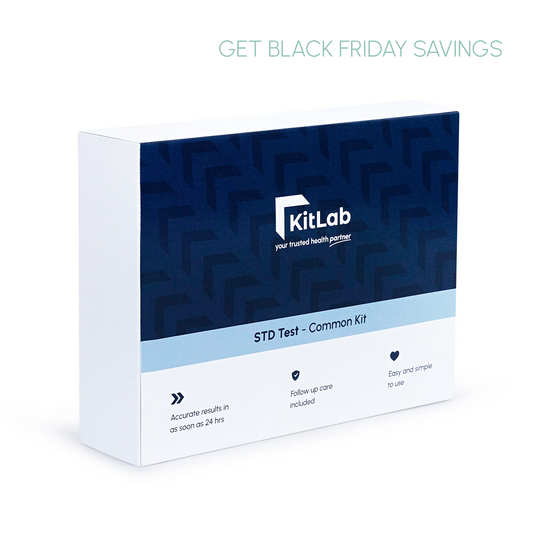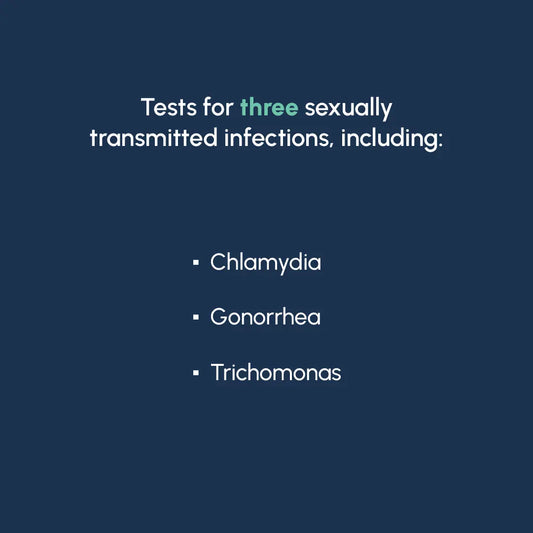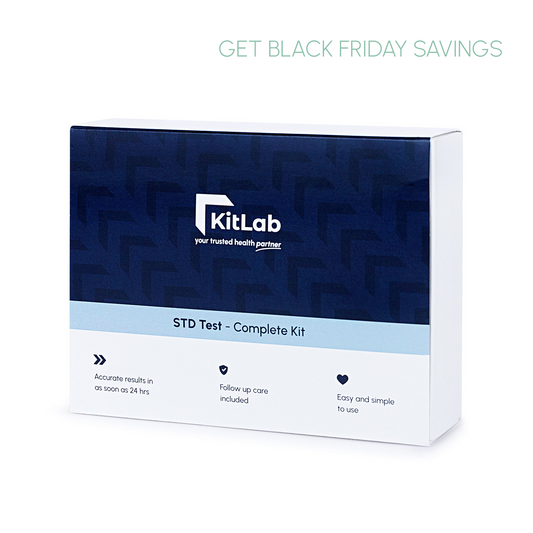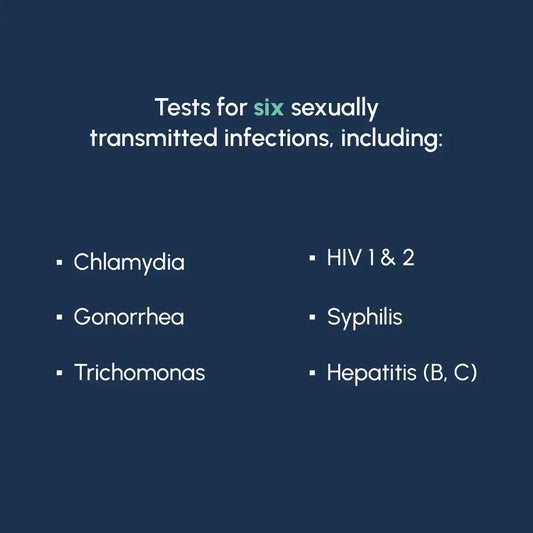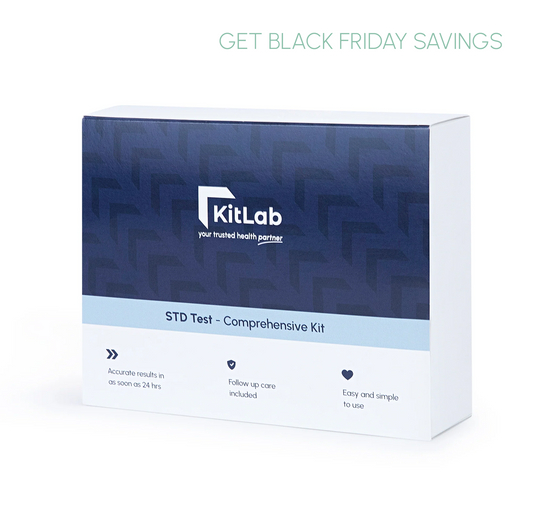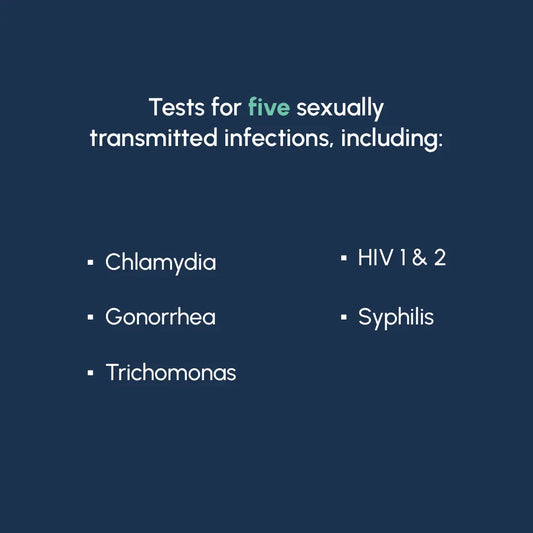From Test to Treatment: Why the Real Value of At-Home Testing Lies Beyond the Result

At-home testing is quickly becoming healthcare’s new front door—and for pharmacies, clinics, and distributors, it opens the door to far more than diagnostics. Linked to telehealth, prescription fulfillment, and follow-up care, each test becomes the start of a broader journey: one where patients don’t just test, they come back. The opportunity isn’t to sell more kits—it’s to turn each one into a driver of repeat visits, better outcomes, and more substantial revenue.
The Front Door Has Moved—and Patients Are Already Walking Through It

Consumer expectations around healthcare access have shifted for good. What used to require a clinic visit now begins with a tap on a smartphone. At-home diagnostics—once a niche market—are now mainstream.
A 2024 University of Michigan survey found that 72% of U.S. adults have used an at-home medical test, and 91% said they would do so again, citing convenience and ease of use as top reasons. Nearly half of adults over 50 have purchased one.
Younger consumers are even more inclined toward testing at home: 70% of individuals aged 14–24 said they’d prefer to test for STIs at home rather than in a clinic, and over 90% would do so if tests were free, according to another University of Michigan study.
For pharmacies, student health centers, and healthcare distributors, this isn’t a threat to traditional care—it’s an invitation to meet patients where they already are and to extend the relationship far beyond the first result.
What It Looks Like in Action
Across healthcare, organizations are turning test sales into sustained service and revenue opportunities:
- Independent pharmacies are evolving into local care hubs—offering at-home test kits, in-store guidance, and telehealth connections that keep customers coming back for treatment and refills.
- Campus health centers are extending reach with discreet, app-enabled STI testing that requires no additional staff or facilities.
- Public health departments are using at-home testing to reach underserved populations in rural or high-stigma settings.
- Distributors and wholesalers are packaging turnkey solutions for all of the above—delivering not just test kits but connected care programs in a box.
Demand is robust in two categories that KitLab serves directly: sexual health and respiratory care.
Lessons from High-Need Categories

- Sexual Health: U.S. syphilis cases rose more than 80% between 2018 and 2022, prompting the FDA in 2024 to approve the first OTC at-home syphilis test. Easier testing leads to earlier treatment and reduced transmission.
- Respiratory Care: The federal government has distributed nearly 900 million free COVID-19 tests, normalizing home diagnostics for respiratory illness and paving the way for combined flu/COVID/RSV testing and treatment workflows.
These examples show how expanded testing access drives both public health outcomes and recurring commercial opportunities for those equipped to serve the follow-through.
How to Make At-Home Testing Pay Off
Success isn’t about stocking more kits—it’s about linking the test to the next step. Leading at-home diagnostics providers and the organizations selling them:
- Connect test registration to a secure portal or app.
- Ensure licensed providers review results.
- Offer immediate telehealth consultations where appropriate.
- Route prescriptions to the patient’s preferred pharmacy or mail-order option.
- Provide clear next steps, education, and product recommendations.
In a 2024 Rock Health survey, 83% of physicians said at-home testing helps patients move through the care continuum faster, and 80% said it improves their workflow—especially when results feed directly into electronic records or prompt virtual consults.
The Takeaway for Pharmacies, Clinics, and Distributors

The market for at-home test kits is growing fast, but the winners won’t be those who simply sell tests—they’ll be those who build systems that keep patients engaged after the test to ensure the best outcomes long-term.
For healthcare providers and retail pharmacies, that means:
- Think beyond the box: see each kit as the start of a care journey.
- Equip for continuity: integrate telehealth, prescription, and product follow-up—and make sure the kits you provide bundle those features or help you deliver them.
- Track the loop: measure how many test buyers return for care or purchases.
At-home diagnostics are no longer a pandemic sideline—they’re becoming core healthcare infrastructure. Those who use them to build stronger relationships will grow with the market, not chase it.
Take the Next Step
KitLab helps pharmacies, clinics, and distributors turn at-home diagnostics into lasting patient relationships and recurring revenue. If you’re ready to explore how your organization can benefit from the opportunities at-home testing provides, talk with KitLab today or visit our Business Page for more information.

